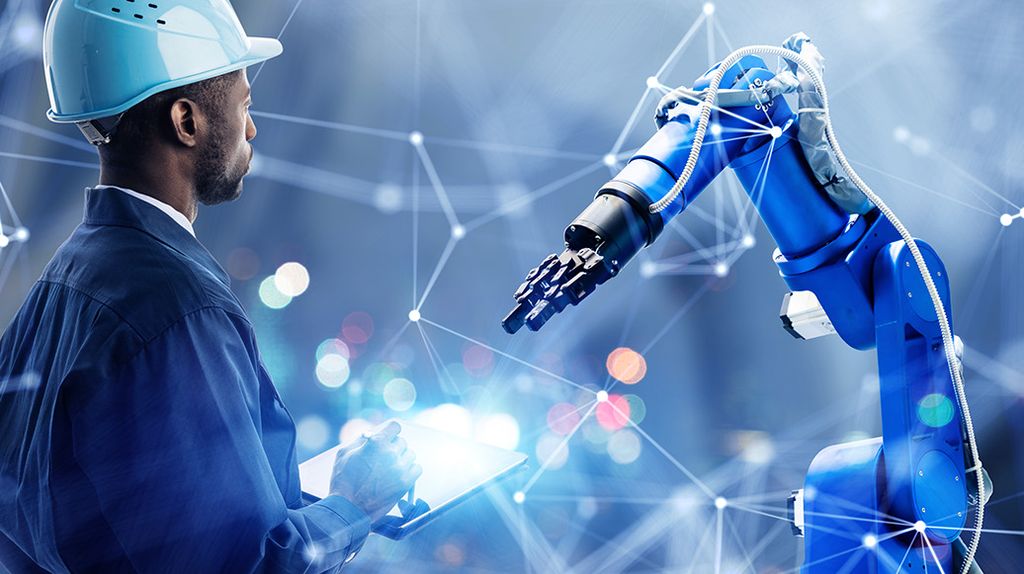Good discussion, suggest Sean at the AGM should present:
Slide: Roadmap to steady and sustainable revenue, with the next critical steps and actions to achieve successful commercialisation time-boxed.
Slide: highlights and KPIs summarising the Board approved 3 year strategy and growth plan.
This information will enable shareholders to reset expectations, timeframes and their personal wealth plans, which should provide the board-approved commercial path that can be more objectively and positively debated and tracked here.
I understand why we as investors would like that, but can't imagine Sean or any other CEO wanting to box themselves too tightly in, in such a manner.
Merely predicting
tomorrows weather, consistently and with a
high degree of accuracy is difficult enough and the further out your attempt, the more grey area and fuzziness you'll want to build into your forecast.
The lumpiness in regards to revenue Sean continues to cite
is the best face they can show at this point in time.
Frankly, they don't know.
Sure, they can put together their best guesses and produce a lot of pretty graphics and graphs, but who here, is willing to tell me what the weather conditions will be at the time and place of our upcoming AGM? And you have the benefit of 200 years of data along with a fairly likely assumption that we won't all be invaded by Martians or Chinese by then.

We are still in the gestation phase of commerciality.
The scans look good, but
until the outcome is achieved we are all still on the nest.
As much as we all want to be there yet, unfortunately I just don't think we are.
I am still an advocate of the Company, the sector, our expanding offerings and the management team we have put in place.
To my ears, Sean is still talking sense, still executing on a viable strategy and running a quiet and efficient ship.
I remember the long slog just looking for Sean.
That was a good 12-18 months just to find and entice the
right person, with the requisite skill set and experience to Brainchip.
Realistically, he has only had his hands on the levers for the absolute minimum period that I would have expectations for the type of results we are all hoping for. Whilst it can be an uncomfortable ride for us holders with our gaze primarily fixated on the day to day share price the realities of building a business in an innovative field right out there on the bleeding edge, is, just like Rome, not built in a day.
AKIDA BALLISTA
AKIDA EVERYWHERE.
GLTAH





